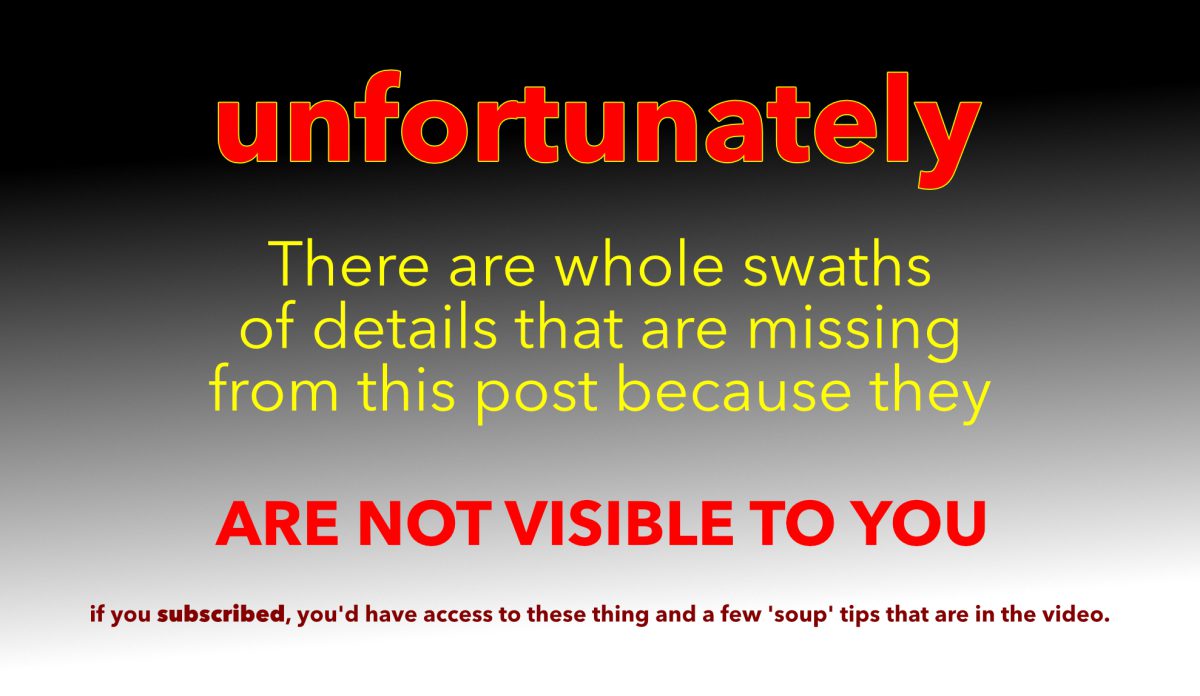The Argentine Soltada falls into that category of ‘flashy’, some might say ‘cool’, and/or ’nuevo’ tango vocabulary, that depending on your point of view may or may not be tango. For those people that are in the may be tango camp, you don’t really care, you just think it’s the bees knees and want to understand how it works, how to generate it and what other cool things you can do with it. For those people in the not tango camp, you have a point. You’re right, it’s not tango. It’s technically a borrowed turn from Salsa. Today’s Tango Topic is for the first group of people that are interested in expanding their ideas of what’s possible. While it’s true that this kind of vocabulary and exploratory of tango’s dark magic can be, if poorly executed, can be a navigational nightmare and dancing hazard, the feeling is that if you have access to good, clean, clear information, then there’s really no reason in the world why shouldn’t at the very least explore The Argentine Soltada.
What is an Argentine Soltada ? First the word “Soltada” comes from the root Spanish word, “Soltar” which means, when translated from Spanish to English, ‘to release’ or ‘to drop’. When you add the ‘ada’ ending to a Spanish -ar verb it means that the verb ends in a ‘ed’ as it would in English. So in this case, the word translates as either “dropped” or “released”. How does that relate to the move that we’re demonstrating above ? well, it’s not a drop, but in fact a ‘release’. Truthfully the Argentine Soltada is a spin that has been borrowed from Salsa, and made functional in Argentine Tango. The ‘spin’ part isn’t truly a spin, it’s a half of a spin with a variation which we’ll get to in a moment. So it’s a half-spin with a variation with Salsa technique attached to it. In the Soltada we’re describing the flashy part of what the Follower does, and not necessarily what the Lead does. The Lead kinda sorta stands there and waves their arms around a bit, and the Follower half-spins. Ok, that’s a misnomer because the Lead is actually leading the spin, or should be. Typically the Soltada is a way to get into and out of change orientation movements, like the Americana Embrace, or Over-Rotated Sacadas, or Single File Couples Walking, etc…there are loads of applications employing this entry and exit. Now to the rest of the descriptive above, we said that there’s a variation to this ? And there is. The variation is that in a true spin, the foot that the Follower is spining on top of wouldn’t change. Meaning they’d stay on the same foot. In this case, the Soltada requires that the Follower is led to change their weight so that the Couple comes out in the right place. This is an Argentine Soltada.
Free Tip. Your video, which is different from the open user’s video, shows a possible exit from the Argentine Soltada into a walking linear Boleo. There are so many possibilities here that is scary. One of them that is not covered in the video but is implied, and show in the close embrace video series…are the Follower’s obvious back sacadas that are sitting there! While this video shows the Lead forward Sacadas, the Follower’s Forward or Back Sacadas are not shown but are implied!

About The Video: This is a combined video that is 27: 32 in length in 14 sections:
Section 1 – Introduction – 00:01:51
Section 2 – Hand Holds (Lead/Follow) – 00:02:26
Section 3 – Exits (Lead/Follow) – 00:01:31
Section 4 – Review – 00:00:26
Section 5 – Footwork (Lead/Follow) – 00:02;27
Section 6 – Soltada Advice – 00:03:48
Section 7/8 – Soltada Ideas – 00:05:00
Section 9 – Soltada with a Sacada – 00:01:12
Section 10 – Soltada with Single Partner Walk – 00:01:04
Section 11 – Soltada with an Forward Lazy Ochos – 00:01:12
Section 12 – Soltada with an Anti Molinete – 00:01:57
Section 13 – Soltada with a Gooey Gancho – 00:00:57
Section 14 – Soltada with a Linear Boleos (Lead and Follow Boleos – 00:02:56

